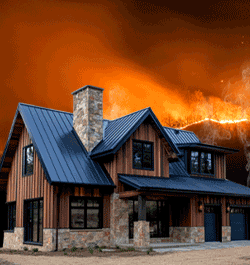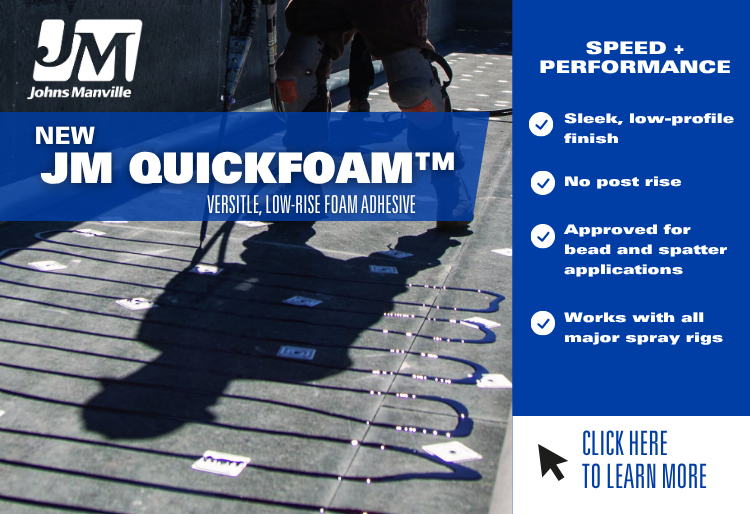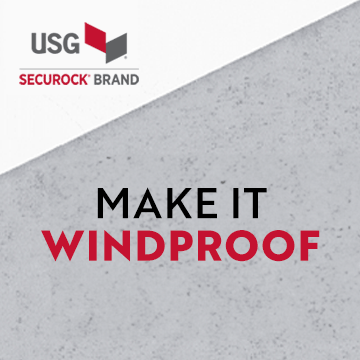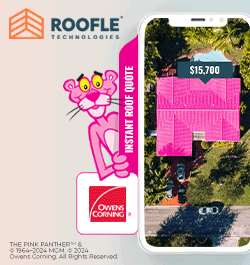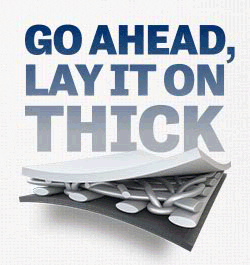RF welding of roofing membranes?
« Back To Roofers TalkDoes anyone know if such a thing exists? And if so, what is the track record? Who is doing it?
Well, I've been reading about some experimental work where there were metal fibers embedded in the plastic and the RF "welder" was able to get them to melt the plastic locally. This apparently without the bottom plate.
On the other hand, perhaps a hot-air welder is a much better idea. Which systems do you know use the hot-air welding method? I'm trying to educate myself in what the current systems are capable of.
The problem is you need metal on both sides, which is why the rhinobond plate works. Unless you want to lay an unbroken strip of steel under each and every seam, I don't think it's possible, nor practical in that it requires constant positive pressure during cool-down.
Done right, hot air welding of thermoplastics is exceptionally efficient and successful. It's all about how well it gets probed after the fact.
Hi Mike, I was asking in the context of looking for a more reliable way to ensure the join between two waterproofing membranes, other than using a flame or hot air. I'll look into what a RhinoBond welder does. Maybe such a thing doesn't exist. On the other hand, RF heating/bonding of plastics is a relatively old technology. So I was wondering if anyone figured out how to use it with roofing membranes.
In the context of a RhinoBond welder, we are using it. I'm not familiar with any technology that allows seaming on the roof.
RF=Radio-Frequency
See "High-Frequency" welding in the following article: http://en.wikipedia.org/wiki/Plastic_welding




